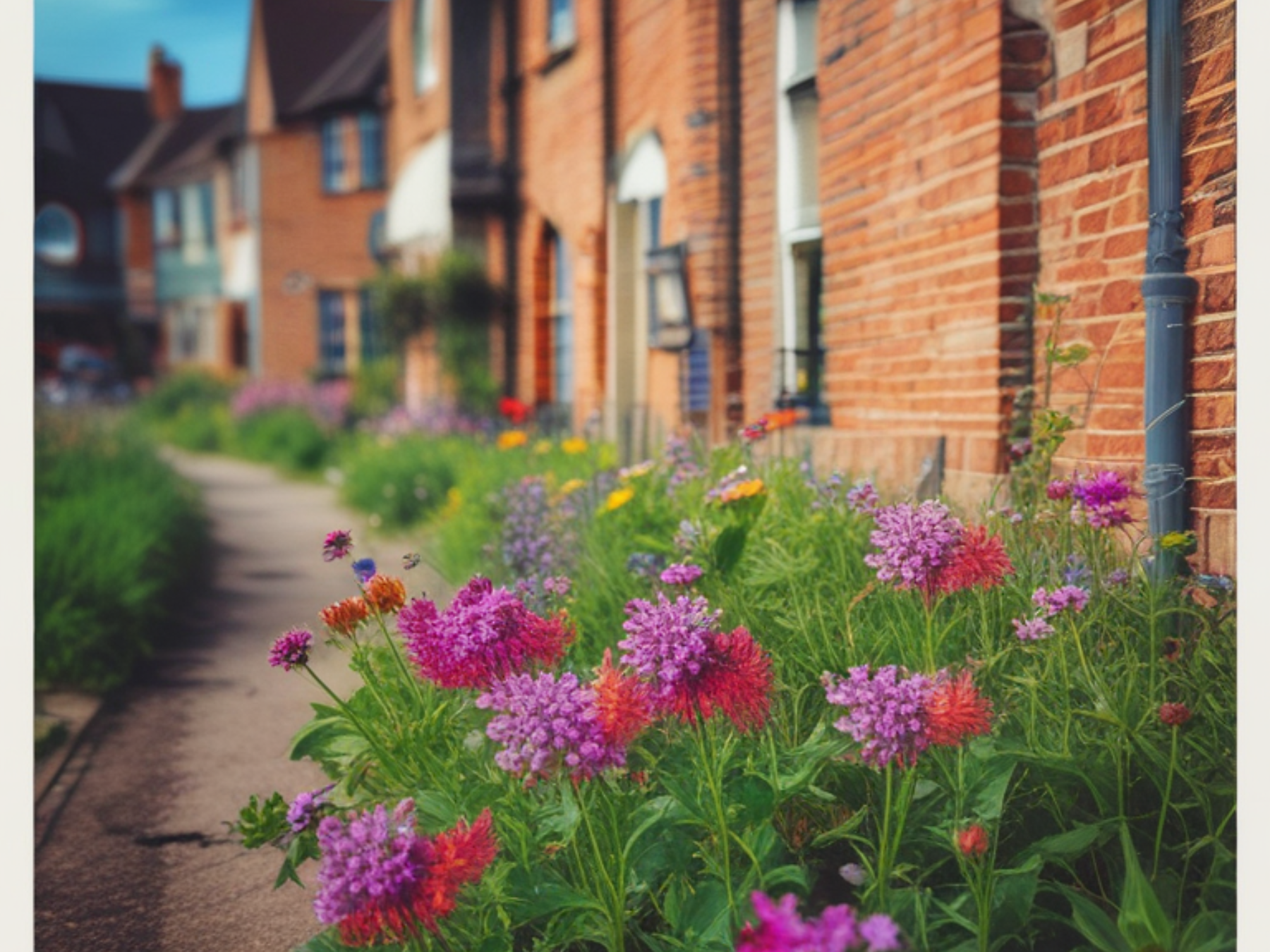In this update, we’ll be sharing the current biodiversity net gain (BNG) legislation and upcoming changes, so that this information can be factored into your development plans, and you are maximising opportunities of the land in line with the new rules which should help avoid delays to your development proposal being approved.
What is BNG?
BNG is a way to contribute to the recovery of nature while developing land. It ensures habitats for wildlife are in a measurably better condition than they were before development.
Who is affected by BNG?
Mandatory BNG has implications if you’re a:
- Land manager/owner
- Developer
- Local planning authority
How can you calculate the BNG of a development?
- A development’s BNG can be assessed using the BNG metric. The metric is a unit of measurement used to evaluate the ecological value of a site.
- The BNG metric is a step change for biodiversity as it values all Even those of low value and includes area-based features such as woodland, as well as linear features such as hedgerows, rivers, and streams. It doesn’t include specific species impacts, so the need for bat and bird boxes will likely be in addition to the metric.
What is the current legislation on BNG?
From Monday 12 February 2024 under the Environment Act 2021, all planning permissions granted for major developments in England must deliver at least a 10% biodiversity net gain.
This means that development cannot begin until a biodiversity gain plan has been submitted to your planning authority and it has been approved.
These rules do not apply to schemes submitted before 11 February 2024, unless it is stipulated by your local policy.
With hundreds of research hours and stakeholders consulted in preparation, the introduction of BNG marks the most significant change to planning regulations in many years.
What is changing in April 2024?
From 2 April 2024, the BNG rules will also apply to all small developments. You will need to show that your small development will result in a measurable increase in biodiversity of at least 10%.
However, some local planning authorities might ask for an increase higher than 10% – this could apply to both small and large developments.
Gov.UK defines a small development as:
- ‘Residential development where the number of dwellings is between 1 and 9 on a site of an area 1 hectare or less, or if the number of dwellings is unknown, the site area is less than 0.5 hectares
- Commercial development where floor space created is less than 1,000 square metres or total site area is less than 1 hectare
- Development that is not the winning and working of minerals or the use of land for mineral-working deposits
- Development that is not waste development’
On small development sites, your opportunities to achieve BNG may be limited, so it’s important to be realistic. Working with a team of experts can help you weigh up all of your options and develop a solid plan before you submit a BNG proposal to your local planning authority.
Exemptions
Some developments are exempt from BNG, these include:
- Existing applications submitted before 11 February 2024
- Householder applications
- Permitted development applications
- Self-build and custom-build developments
- De minimis changes of use
- Other de-minimis development
Learn more about exemptions on the Biodiversity Net Gain: Exempt Developments page.
More information on the biodiversity net gain changes can be found on the Understanding Biodiversity Net Gain page.
If the mandatory biodiversity net gain seems a little overwhelming or you’re just not sure where to begin – our team of trusted professionals can help guide you through the process and keep your development project on track. Get in touch with us on 01865 731700 or email enquiries@edgarslimited.co.uk.
Sign up to our newsletter for the latest planning news, industry insights, events and more.
You might also be interested in: Housing Land Supply Tracker: New 4-year rule
Back to news
